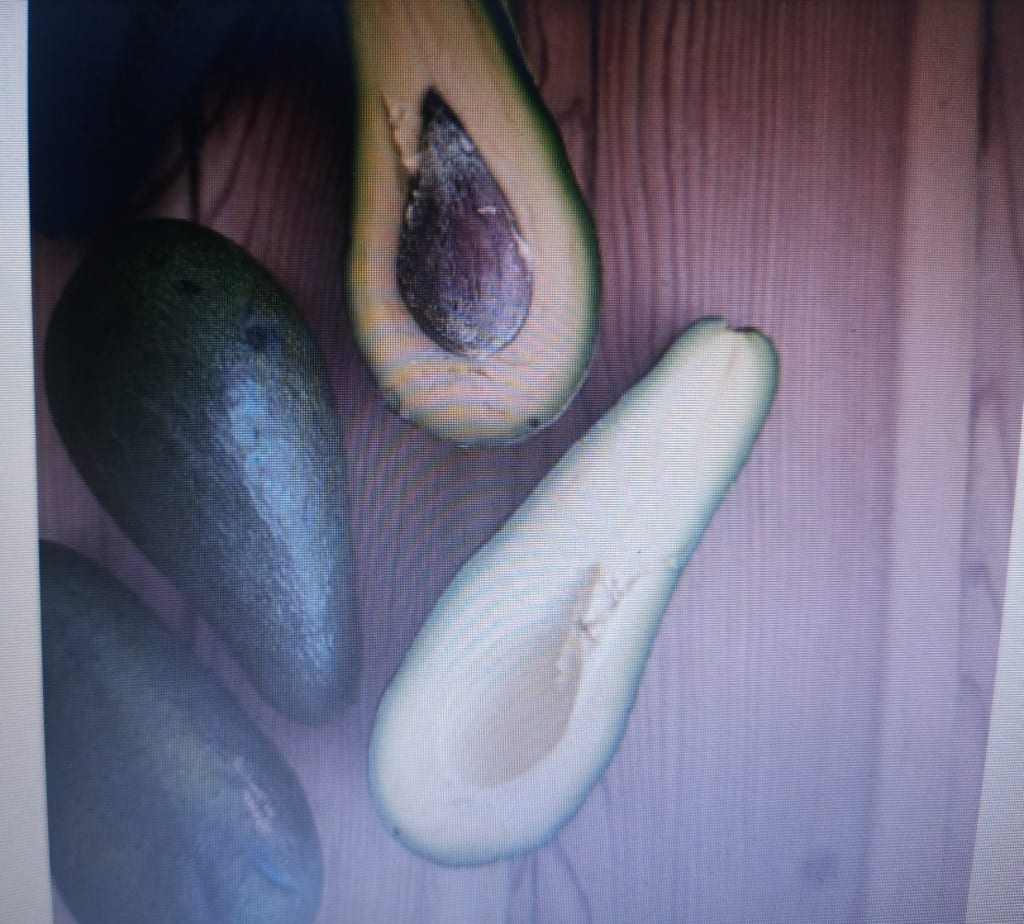The Truth Behind Strange Marks on Food: Eat or Toss?
Unveiling the Mystery: Should You Eat or Discard

Introduction
In our quest to reduce food waste, we often encounter peculiar marks on our food that leave us uncertain about their safety for consumption. Every year, billions of pounds of food are wasted globally, contributing to environmental and economic challenges. However, before discarding food due to strange marks, it's essential to understand their nature and potential implications. This article aims to shed light on common concerns related to marks on food and provide guidance on whether they are safe to eat or should be discarded. By making informed decisions, we can minimize waste and make the most of the food we have.
Beef and Brown Spots
Discovering brown spots on raw beef can be disconcerting, prompting us to question its safety for consumption. However, brown spots on beef are a normal occurrence and do not necessarily indicate spoilage. When beef is freshly cut, it appears maroon in color. If the meat is quickly vacuum-packaged, it retains this shade. However, when exposed to air for around 15 minutes, a biochemical reaction occurs, turning the meat's color from maroon to red. Over time, this red color may further darken to brown. Grocery stores often grind the meat multiple times a day to maintain a bright red color, addressing consumer concerns about maroon-looking beef. As long as the beef smells fresh, feels firm, and has been stored properly, it can be safely consumed.
Shrimp and Dark Lines
Dark lines observed under a shrimp shell can be unsettling, causing doubts about their edibility. However, these lines are a natural occurrence and do not indicate spoilage. When shrimps are removed from the water, exposure to oxygen causes gradual discoloration, making the dark lines more visible over time. Additionally, the pattern of the shrimp itself can influence the appearance of these lines. Similar to the unique color patterns found in cats, these lines are inherent to the species and do not pose any health risks. As long as the shrimp smells fresh, has a firm texture, and tastes normal, there is no need to discard it based solely on the presence of dark lines.
Moldy Yogurt and Green Substances
Encountering green mold on the surface of yogurt is unappetizing, leading us to question its safety and whether we should scrape it off or discard the entire product. While many molds are harmless, some can produce toxic substances. When mold is visible only on the surface of yogurt, it is possible to remove the affected area and consume the rest, as the mold may not have penetrated deeper. However, it's crucial to consider other factors such as smell, taste, and texture. If the yogurt exhibits an off odor, an unusual taste, or a strange texture, it is best to discard it entirely, as these signs may indicate spoilage or the presence of harmful molds. In cases where mold is found in a newly opened package, it is advisable to contact the manufacturer, as this information can help address potential issues and prevent others from consuming spoiled products.
Avocado and Brown Dots
When we notice brown dots on avocados, we may question their edibility and whether they indicate spoilage. The appearance of brown dots on avocados is caused by a natural phenomenon and does not necessarily render the fruit unsafe for consumption. Avocados contain nutrients, water, and sugars that circulate within the fruit through transport channels. In some instances, these channels become visible as brown dots due to bruising or prolonged storage in cold temperatures. However, as long as the exterior of the avocado appears clean and regular, there is likely no harmful microbial growth inside. It is safe to eat avocados with brown dots
, but it's important to note that their taste may differ from that of a regular avocado. Therefore, tasting the avocado before incorporating it into a dish is advisable to ensure it meets your preferences.
Potato Peel and White Areas
While peeling potatoes, we may come across white areas under the peel, which can be puzzling. These white areas are not mold or signs of spoilage. If the outer layer of the potato looks normal and clean, the white knots are likely harmless. They may appear due to bruising during the harvesting process or other factors. These white areas do not indicate harmful microbial growth within the potato. It's important to remember that moldy potatoes will exhibit other signs, such as softness, wrinkles, or squishiness. Therefore, if the potato looks and feels firm, and the exterior is free from visible signs of spoilage, it is safe to eat.
Conclusion
Understanding the nature of strange marks on our food is vital for reducing food waste. Many of these marks are harmless and do not indicate spoilage or pose any health risks. By differentiating between natural occurrences and actual signs of spoilage, we can make informed decisions and minimize unnecessary waste. Trusting our senses, such as smell, taste, and texture, allows us to enjoy our food while ensuring its safety. By embracing a mindful approach and dispelling misconceptions, we can reduce food waste and make the most of the resources available to us. Let's make informed choices and contribute to a more sustainable future.





Comments
There are no comments for this story
Be the first to respond and start the conversation.